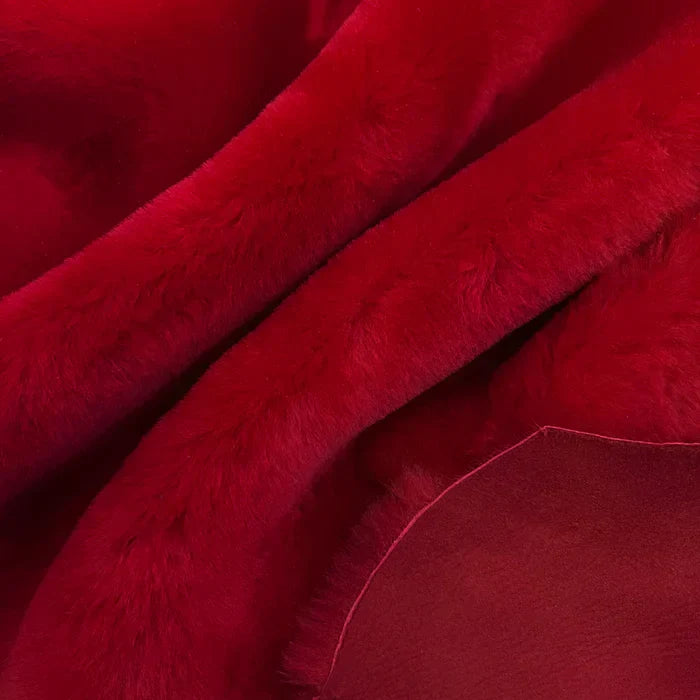
Types of Shearling Used in Shearling Coats
Share
Shearling coats have been a symbol of luxury, warmth, and timeless fashion for decades. These coats are crafted from sheepskin with the wool still attached, offering both style and functionality. However, not all shearling is the same. Different types of shearling are used to create various designs, textures, and comfort levels in shearling coats. Understanding the different types of shearling can help you choose the best coat for your style and needs.
What is Shearling?
Shearling refers to the skin of a sheep or lamb that has been tanned with the wool intact. It provides excellent insulation and durability, making it perfect for winter coats. The quality and type of shearling can vary depending on the animal breed and processing techniques.
Types of Shearling Used in Shearling Coats
1. Toscana Shearling

Toscana shearling is one of the most luxurious types of shearling. It is sourced from a special breed of sheep found in Spain and Italy.
Characteristics: Long, silky wool fibers
Texture: Soft, lightweight, and warm
Usage: High-end shearling coats for both men and women
2. Merino Shearling

Merino shearling is renowned for its fine wool and lightweight feel.
Characteristics: Soft, dense, and curly texture
Texture: Lightweight and warm
Usage: Designer shearling coats and jackets
3. Sheepskin Shearling

Sheepskin shearling is the most common type used in shearling coats.
Characteristics: Thick and warm
Texture: Soft and durable
Usage: Everyday shearling coats
4. Lambskin Shearling

Lambskin shearling is softer and lighter compared to sheepskin shearling.
Characteristics: Delicate, soft, and lightweight
Texture: Silky and smooth
Usage: Women's fashion shearling coats
5. Double-Faced Shearling

Double-faced shearling is made by tanning both sides of the sheepskin.
Characteristics: Reversible design
Texture: Soft suede on one side and wool on the other
Usage: High-end designer coats
6. Mouton Shearling

Mouton shearling is sheepskin that has been specially processed to resemble beaver or mink fur.
Characteristics: Water-resistant, dense, and glossy
Texture: Plush and luxurious
Usage: Vintage-style shearling coats
How to Choose the Right Shearling Coat
When choosing a shearling coat, consider the following factors:
Purpose of the coat (Casual or Formal)
Climate and weather conditions
Budget and quality
Personal style preferences
Benefits of Shearling Coats

Durability
Timeless fashion appeal
Moisture-wicking properties
Natural insulation
Maintenance Tips for Shearling Coats
Use a soft brush to remove dust and dirt
Avoid exposing the coat to direct sunlight for prolonged periods
Store in a breathable garment bag
Use a specialized shearling conditioner
Conclusion
Shearling coats are an investment in both style and comfort. Understanding the different types of shearling used in shearling coats can help you make an informed decision. Whether you're looking for a luxurious Toscana shearling coat or a practical sheepskin jacket, each type of shearling offers unique benefits.
